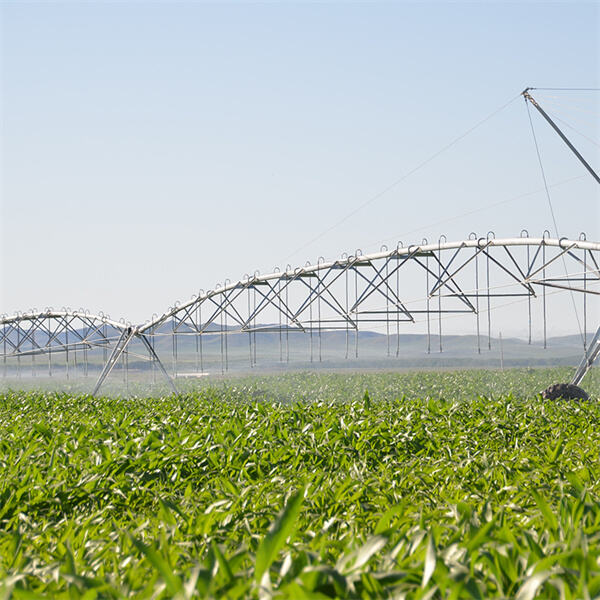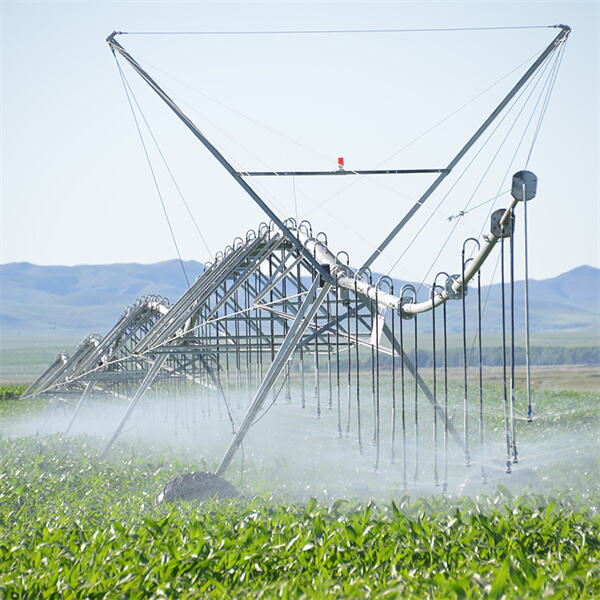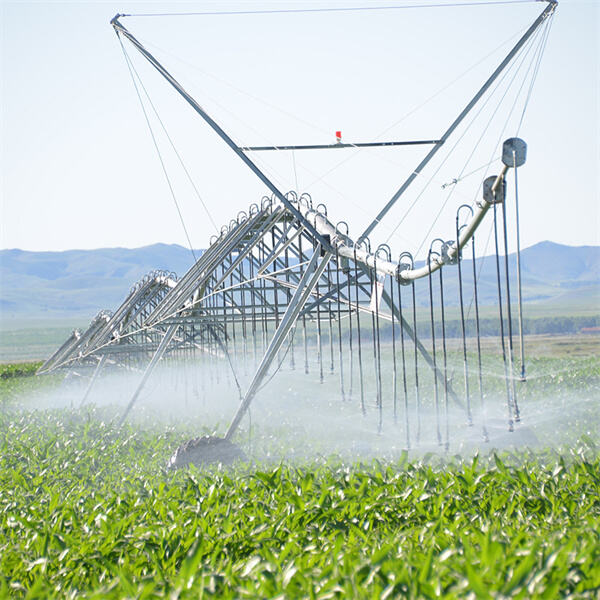Pivot irrigation systems to help farmers water their crops. But if you’re in the market for one, you might want to know how much it will end up costing you. There can be price variation in the cost of these systems for various reasons. By considering those factors and comparing prices, farmers will be able to discover the best option for their budget. A pivot irrigation system can be an expensive purchase for a farmer. Costs are not only what it will cost to buy it, but what it will cost to operate and to use water. Farmers these days would do best to carefully consider all of these costs before making the decision to establish a pivot irrigation system.
When farmers are searching for a irrigation pivots system, there are multiple things to consider that can affect the price. Costs can vary depending on the size of the field that needs water, the types of crops being grown and the shape of the land. Additionally, some characteristics of the system like automation or remote monitoring, can increase the price.

Farmers can secure the best price on a farm pivot irrigation by comparing prices from various companies. By pricing around and having quotes sent to them by multiple suppliers, looking for a system that fits them and their budget. They should also consider maintenance costs for the long run, as well as water costs when they are comparing prices, to be sure they are getting a good deal.

There are a number of factors that can affect the cost of a center pivot agriculture. The size of the field matters a lot. For larger fields, the systems must be larger and more expensive. The variety of crops can affect price, too, because some crops require more water. The landscape — if the land is hilly or uneven — can also be a factor that raises the cost of installation. The quality of the system, as well as various features such as the brand and how new it is, can also play a role in the cost.

Farmers can save on center pivot irrigation in a number of ways. One method is to buy a higher-quality system that lasts longer, and that doesn’t need to be repaired as frequently. They can save water by using water-saving features, such as pressure regulators and drip irrigation. Regular inspection and maintenance can also help prevent costly repairs, and ensure the system lasts longer. In addition, the purchase of energy-efficient pumps and motors can reduce energy costs.